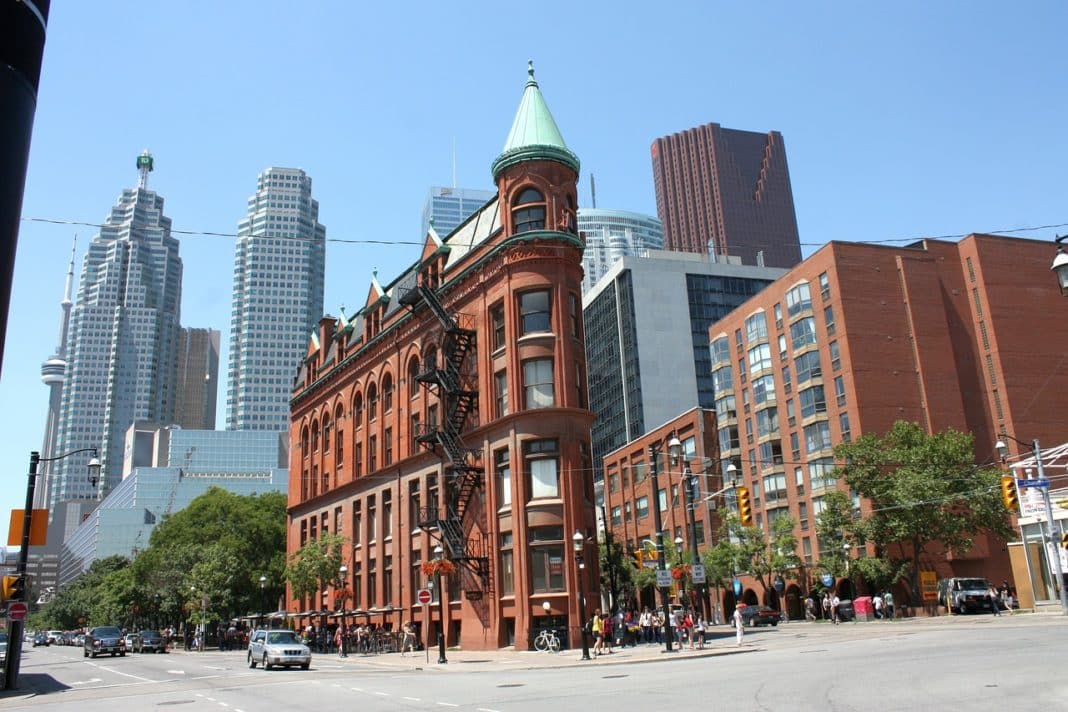- Discover the top 6 things you need to know about the Canadian Provincial Nominee Program (PNP).
The Canada Provincial Nominee Program (PNP) offers a pathway to Canadian permanent residency for foreign nationals who are interested in immigrating to a specific province or territory. There are over 80 provincial nomination programs in Canada, each designed to meet its specific economic and demographic needs. Overall, Canada aims to welcome 81,500 immigrants in 2021 and 83,000 in 2022 via the different PNPs.
Continue reading to discover the 6 things you need to know about the Canadian Provincial Nominee Program.
What You Need to Know About Canada’s Provincial Nominee Programs
- There are two ways to apply
You can either apply directly to the province of your choice or you can apply through the Express Entry system.
- Direct Application – this needs to be done via a paper application, delivered via mail or courier. Your application results can take anywhere from 15 to 19 months.
- Express Entry – once you’ve created your Express Entry profile, you can express interest in the province of your choice or apply through a Provincial Nominee Express Entry Stream. Just about all of the Canadian provinces have an Express Entry stream.
Learn here how you can apply to one of the PNP streams.
- A nomination increases your chances of success in your Express Entry application
The Comprehensive Ranking System (CRS) is a merit-based points system that scores each applicant in the Express Entry pool. Points are earned on the following factors:
- Human Capital Factors
- Skill Transferability
- Spouse or Common-law partner
- Additional Factors
Receiving a nomination falls under the additional factors and will give you 600 CRS points. This is a lot of points since the highest CRS score you can achieve is 1,200. This almost guarantees an Invitation to Apply (ITA) as the nomination puts you over the halfway mark. Most PNP streams also have much lower CRS cut-off scores, which increases your chances of success in gaining permanent residency.
- The PNP has one of the quickest processing times.
Of all the PNP immigration streams, the British Columbia Provincial Nominee Program (BC PNP) has the fastest processing time of three to four months. This is actually a faster processing time than the Express Entry system, which is six to eight months.
- What is the best Provincial Nominee Program to apply to?
The best PNP to apply to is the Alberta Express Entry program. This is because the stream has a maximum CRS score of 300, which is relatively low. This means if you obtain a nomination and receive 600 CRS points, you are guaranteed to receive an ITA in the Express Entry draw.
- Are there PNPs that don’t require a job offer to apply for a Provincial Nomination?
Yes, there are five different PNPs that provide a pathway to Canadian permanent residency without having a job offer. These immigration streams are:
- Nova Scotia Nominee Program (NSNP)
- Alberta Immigrant Nominee Program (AINP)
- Ontario Immigrant Nominee Program (OINP)
- Saskatchewan Immigrant Nominee Program (SINP)
- Manitoba Provincial Nominee Program (MPNP)
- Can I qualify for a PNP if I don’t qualify for Express Entry?
Many PNPs require that applicants will have an active profile in the Express Entry pool. Several provinces issue nominations to applicants who don’t have Express Entry eligibility. If the PNP is not aligned with Express Entry, then the permanent residency application must be submitted in a paper-based format instead of electronically.
Start Your Journey to Canada Today
Increase your chances of success even more by getting the help of an expert Canadian immigration agency. At CanadianVisa.org, the agency works alongside Regulated Canadian Immigration Consultants (RCICs) who have extensive knowledge of all Canadian immigration visas.
Professional RCICs make the entire immigration process hassle-free as they can submit all documents on your behalf, ensuring there are no delays or any other issues that might come up. This is just one of many things they do to ensure your success rate increases.





